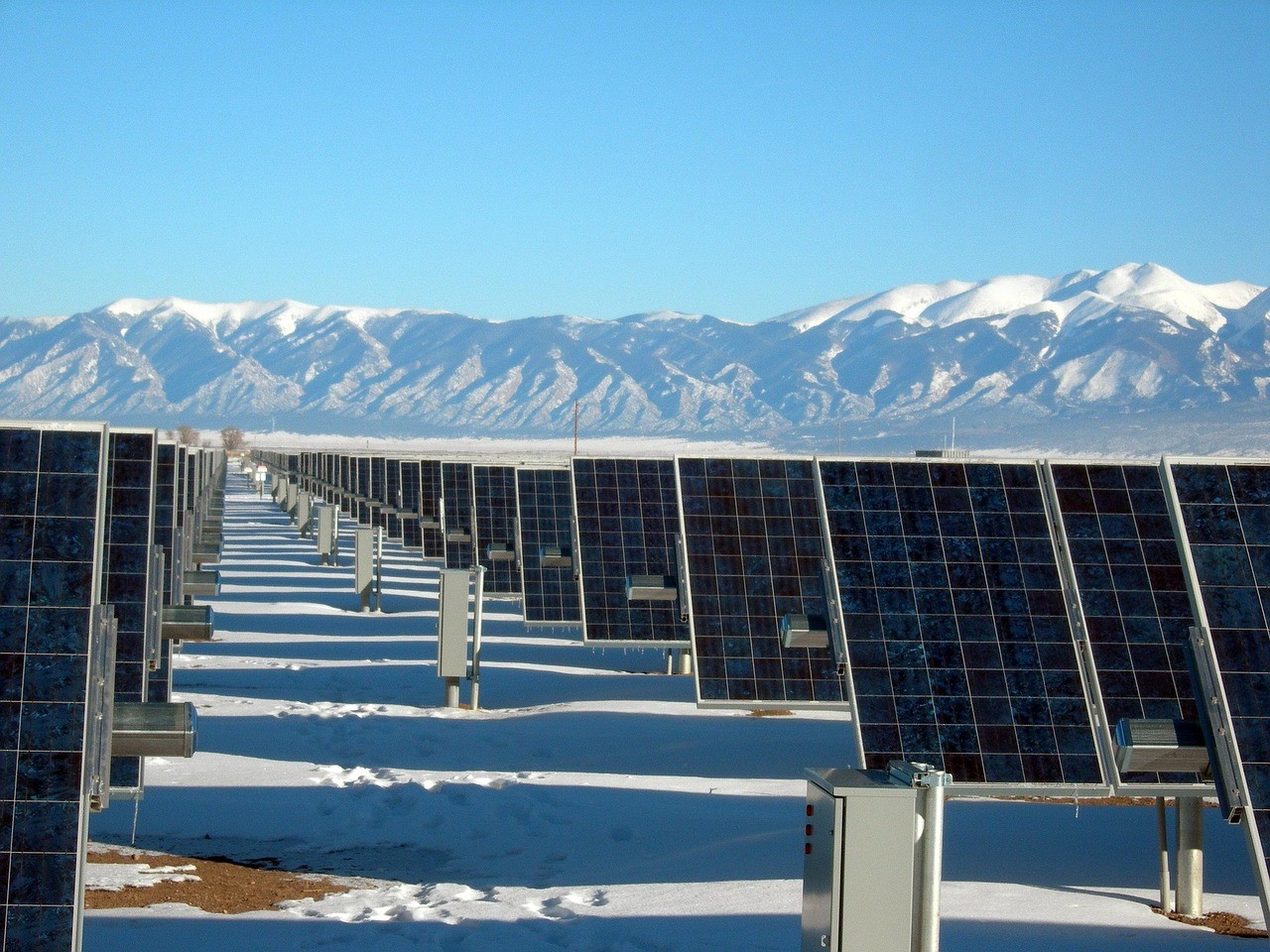
By Heather Hamilton, contributing writer
As consumers continue to explore alternative energy sources, solar panels have become an appealing option for some. They’re seen on homes, businesses, and even at solar panel energy facilities. Easily scalable, solar panels provide a potential energy source for a variety of customers.
But how exactly does solar power work?
Photovoltaic solar power
The simple explanation is that solar panels work by gathering the sun’s energy and turning it into usable electricity. The sun releases photons, which travel to Earth and can then be used in solar power. The SunPower Blog explains that, when photons hit a solar cell, they knock electrons loose from the atoms they’re attached to. If the positive and negative sides of a cell are attached to conductors, an electrical circuit is formed and, as electrons flow through, they generate electricity.
A solar panel is made up of smaller units called photovoltaic cells, which can be wired together to form a solar array. Like semiconductors, solar cells are made of silicon.
According to Live Science, each cell is “a sandwich made up of two slices of semi-conducting material, usually silicon — the same stuff used in microelectronics.” The cells establish an electronic field when opposite charges are separated — giving each slice of the “sandwich” a positive or negative charge. Makers of solar panels actually seed phosphorus into the top layer of silicon, adding extra electrons with a negative charge. On the bottom layer, boron is added, leading to fewer electrons and a resulting positive charge, which results in an electric field at the junction of the silicon layers. When sunlight frees an electron, the electric field pushes the electron out of the silicon junction.
Solar panels generate direct current electricity, in which electrons come in one direction around a circuit, then moving to the negative side of a battery, through something, finally returning to the positive side.
Then other components turn the electrons into usable power. Conductive metal plates on the cell’s sides collect and transfer electrons to wires, which allows them to flow as with other sources of electricity. Because other forms of power rely on alternating current electricity, energy produced via solar must utilize an inverter.
An inverter takes DC electricity and creates AC electricity, also providing ground fault protection and system stats like voltage, current, energy production, and max power point tracking.
In a home with solar panels, SunPower Blog breaks down the process as follows: Sunlight finds a rooftop solar panel, the panel converts the energy to DC current and it flows to an inverter, the inverter changes it from DC to AC, and the power is usable.
Concentrating solar power
Concentrating solar power technology relies on mirrors to focus light from the sun, converting it to high-temperature heat and creating steam that is channeled through a conventional generator, thus creating power. CSP plants consist of two parts — one that collects solar energy and converts it and another that converts heat energy to electricity.
CSP technology uses either a trough system, power tower system, or dish/engine system. Trough systems rely on U-shaped parabolic reflectors with oil-filled pipes that run along their center. The mirrors face the sun, focusing sunlight onto the pipes, which heats the oil, which boils the water and makes the steam that powers the steam turbines and generators.
Power tower systems use large, flat mirrors that track the sun and focus the rays onto a receiver, which sits at the top of a tall tower. Concentrated sunlight heats a fluid, which makes steam that can either be used on the spot or stored for later use. The power tower system is useful because it allows for higher amounts of electricity to be produced when the weather is accommodating, reducing the need during evenings or cloudy days.
Dish engine systems utilize mirrored dishes to focus and concentrate sunlight toward a receiver, which is mounted at the dish’s focal point. The dish tracks the sun across the sky to maximize solar energy and is integrated into an external combustion engine that has thin tubes, which contain hydrogen or helium. These run outside the engine’s four piston cylinders and open into the cylinders. When sunlight lands on the receiver, the gas heats and expands, which drives the pistons, which turn a crankshaft, driving the electric generator.
Sources: Live Science, Solar Energy Development Programmatic EIS
Image Source: Pixabay
Advertisement
Learn more about Electronic Products Magazine





